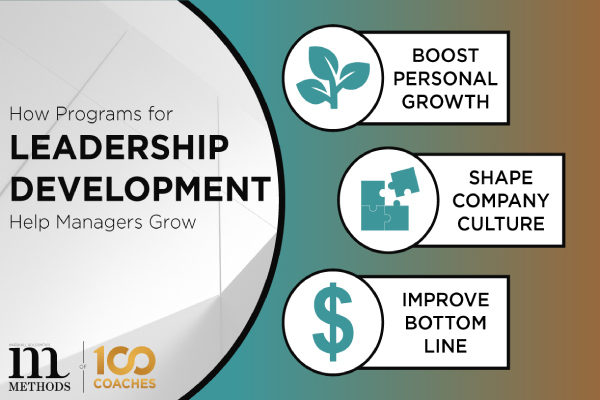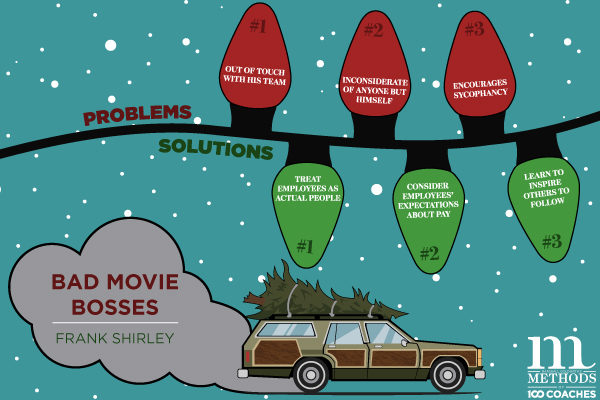
Just like with large scale organizations, leadership is also a crucial aspect of running a successful small to medium-sized business (SMB). Unlike large corporations with extensive resources and hierarchies, SMB leaders often find themselves juggling multiple roles within their organizations. They must not only oversee day-to-day operations but also steer the company towards growth and success. In this blog, we will explore the unique challenges faced by SMB leaders and discuss strategies for achieving leadership excellence tailored to the SMB context.
The SMB Dilemma
SMB leaders operate in a delicate balance between managing daily operations and charting a strategic course for their businesses. While conventional leadership wisdom often emphasizes the importance of delegation and minimizing involvement in day-to-day affairs, SMB leaders face a different reality. They are at the helm of smaller teams, where each member plays multiple roles, and resources may be limited. Consequently, these leaders can’t entirely distance themselves from the operational grind, which makes their leadership journey distinct from that of executives in larger organizations.
For many entrepreneurs, the dream is to transition from being an SMB to becoming a full-fledged corporation, enterprise, or large organization. This transformative moment signifies the shift from a startup to a successful company. However, this transition often remains elusive for many SMBs. Why is that? One major reason is that leadership requirements at the SMB level are fundamentally different from those in larger corporations. Let’s delve deeper into these distinctions and explore strategies to navigate them effectively.
Different Hats: SMB Leadership vs. Corporate Leadership
Consider the contrasting roles of a team lead or assistant manager and a CEO in a large corporation. These roles appear to be worlds apart, don’t they? Now, envision the challenges faced by SMB leaders who are tasked with both closely managing daily operations and providing visionary leadership as CEOs. Striking a harmonious balance between these responsibilities can be daunting, especially when time constraints are pressing, and staff resources are limited. Nevertheless, this balancing act is not insurmountable. Here are some strategies for achieving leadership excellence in the SMB landscape:
Cultivate a Strong Vision
A robust vision serves as the bedrock upon which your SMB is built. When you initially start your business, your vision is often crystal clear and serves as a guiding light. However, as the demands of daily operations intensify, it’s easy for that vision to blur. To maintain your course, stay intimately connected to your vision, allowing it to inform your decisions and actions. Regularly revisit and refine your vision to ensure it remains relevant and inspirational to your team.
Embrace Continuous Learning
In the dynamic world of SMBs, there’s always something new to discover. As a leader, it’s imperative to remain open to learning opportunities at every juncture. Adopt a growth mindset that acknowledges there’s always more to learn. Avoid the pitfall of assuming you already possess all the knowledge you need. In fact, embracing failure as a form of learning is a powerful approach. Failures can provide valuable insights and experiences that contribute to your growth as a leader.
Cultivate Resilience
Starting and scaling an SMB is far from a smooth ride. Challenges and setbacks are par for the course. What sets exceptional leaders apart is their ability to persevere and exhibit resilience in the face of adversity. Nassim Taleb’s concept of “anti-fragility” encapsulates this idea: it’s not about avoiding failure but about bouncing back stronger after each setback. Remember that even the world’s most successful leaders have encountered failures. The key is to pick yourself up, learn from your experiences, and use them as stepping stones to future success.
In conclusion, leadership in the SMB realm is a unique journey that demands adaptability, vision, continuous learning, and resilience. By embracing these strategies, SMB leaders can not only navigate the challenges specific to their context but also pave the way for their organizations to achieve the growth and success they aspire to. As you lead your SMB, remember that your leadership journey is a dynamic evolution, one where every experience contributes to your growth as a leader and to the success of your business.
Sources:
https://hiring.monster.com/resources/small-business-hiring/employee-engagement/leadership-101/





